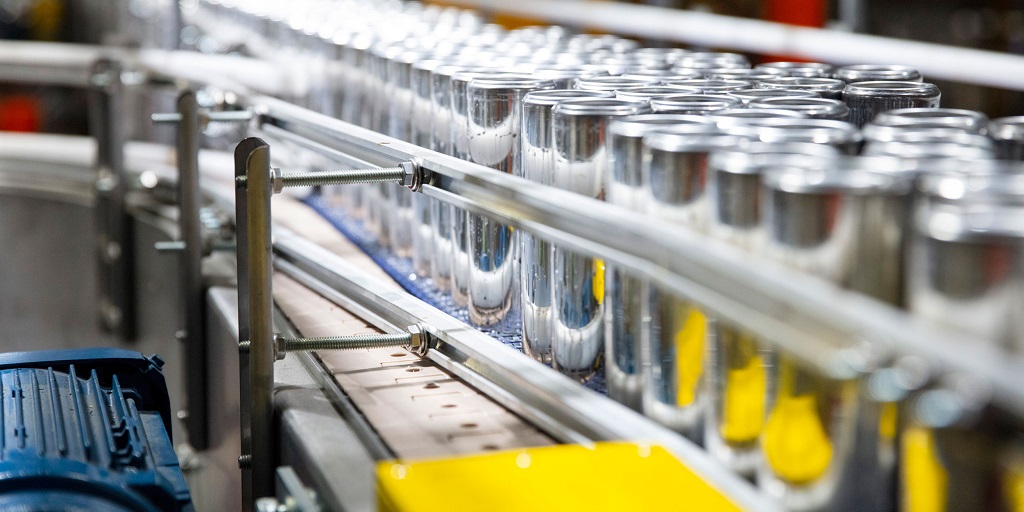
Aluminium price rises impact Orora

Orora, one of Australia’s major packaging suppliers, has reported growth in revenues and profits from ordinary activities in its latest half-year results, although aluminium price rises are impacting its Australasian business.
The company, which supplies aluminium cans and glass bottles, returned revenues of $2 billion for the half year to 31st December, up from $1.8 billion in the same six-month period the year before.
Net profits after tax and before significant items for the whole company, which consists of its Australasian and North American segments, rose 12.9 per cent to $102.7 million.
However, earnings before significant items, interest and tax in its Australian business decreased to $84 million from $86 million, a change of 2.3 per cent.
Its Australasian business saw a slight increase in revenue, to $443.2 million from $441.2 million. This is because higher aluminium input costs have been passed onto customers, it said, partially offset by short term COVID-19 can volume impacts.
Taking into account the pass through of higher aluminium prices, underlying sales in Australasia decreased 2.6 per cent, Orora told the ASX this week.
Orora said these price rises reflected disruptions within the short-term supply chain and production volumes of the can operations late in the half as a result of the impact of COVID-19 on key customers.
When asked about the aluminium price rises, Orora CEO Brian Lowe said that given that a large percentage of overall can costs are aluminium, “end customers have always wanted input into these supply agreements”.
“In a lot of cases, customers direct who they buy from based on global agreements they may have in place. Most of Orora’s key customers are global businesses,” he told Brews News.
In the US, a huge surge in can ordering during the pandemic as people moved to packaged beer led Ball Corp, one of the country’s largest can manufacturers, to raise minimum order requirements. It resulted in a major backlash and a postponement at the end of 2021, but this shouldn’t be a problem for Orora, Lowe explained.
“While some minimum order quantities are in place as one would expect, at the same time, we are looking at technologies to help provide shorter runs for customers, such as Craft Beer companies, as we see this being a key segment for Orora.”
Despite the impact of COVID-19 customer site disruptions, demand for cans was “solid” overall Orora said, and underpinned by ongoing strong demand in both craft beer and mainstream beer segments and carbonated soft drinks. Volumes increased in non-alcoholic beverages such as still and sparkling water, as well as seltzers, RTDs and wine.
The Australasian segment also experienced an expected reduction in glass volumes to lower exports from China following the introduction of wine tariffs. Orora said that as a result of these expected challenges, it has “finalised a shift in the mix in glass products to other beverage categories”.
Construction has also begun at a new can line in Dandenong and the expansion of its can ends multi-size capacity at Ballarat, costing $110 million.
Orora said that it has a portfolio of leading sustainable packaging, and as a result it is “well-placed to benefit from continued momentum in consumer preference towards recyclable packaging formats”.
The company is also utilising the glass cullet from the new West Australian Container Deposit scheme, in addition to that used by the South Australian and New South Wales schemes, and it is seeking further opportunities to source recycled content.
Orora has also secured federal and state funding worth $8 million towards its glass beneficiation plant in Gawler, which will allow it to increase recycled glass content further towards its goal of 60 per cent recycled content.
Overall, Orora was optimistic, saying that in Australasia, EBIT is expected to grow for the beverage business in the second half, and for the full year, remain in line with its performance in 2021.
In North America however, earnings before interest and tax increased to $70.5 million from $53.9 million, which is says was as a result of a “sustained and disciplined approach”, increased sales force effectiveness due to data insights “to improve customer account profitability” and pricing discipline in a higher inflation operating environment and ongoing focus on cost control measures.



